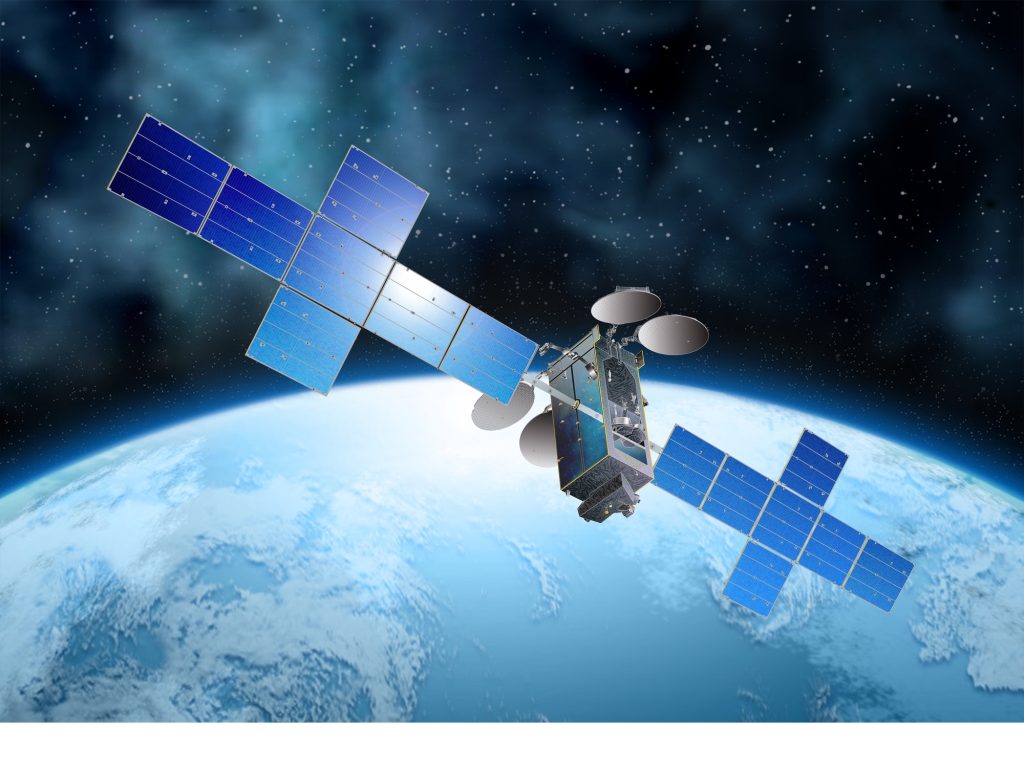WASHINGTON — Companies that make traditional communications satellites in geostationary orbit say that there is still demand for their products due to advancements in technology and interest in using multiple types of orbits.
During a panel at the Satellite 2024 conference in Washington on March 24, leaders from several satellite manufacturers acknowledged that demand for their satellites had decreased significantly from historical levels of 20 to 25 orders each year, but they believe the market itself is not disappearing.
“There's still demand for geostationary orbit satellites,” said Chris Johnson, chief executive of Maxar Space Systems. “It's not dead, but it has changed.”
He estimated that orders had decreased to between 10 and 15 satellites per year, a range that other panelists agreed with. “We still see a market for about 10 commercial GEO satellites per year,” said Hervé Derrey, chief executive of Thales Alenia Space. “The market is lower than it was five to seven years ago.”
These companies argued that demand would not decrease further because of both the business case for GEO satellites and technological innovations. Ryan Reid, president of Boeing Satellite Systems International, said GEO satellites would continue to play a role in combination with low Earth orbit constellations. “GEO is the best way to get the economics of bandwidth.”
One important reason for that, they argued, is the growing use of software-defined reconfigurable payloads that offer greater flexibility for customers, including maximizing their capacity, said Alain Faure, executive vice president for space systems at Airbus Defence and Space. “With reconfigurability in orbit, I don’t see that GEO is dead.”
They acknowledged, though, that markets are changing, and they are placing more emphasis on working with government customers and expanding beyond GEO communications satellites into other markets. They also said that their approach to working with customers is transforming.
“We are changing our relationship with our traditional customers,” Derrey said, moving away from the model of responding to traditional requests for proposals. “We’re doing more of a partnership kind of approach.”
Mike Greenley, chief executive of MDA Space, noted that his company builds non-GEO satellites, like Telesat’s Lightspeed constellation, while providing components for GEO satellite manufacturers. “We absolutely believe in the sustainment of the GEO side,” he said, adding that having a “strong and healthy” GEO business was important.
Notably absent from the panel were representatives of companies that produce “micro GEO” spacecraft weighing only a few hundred kilograms intended to serve specific, narrow markets. According to data from consultancy NSR presented during the panel, two such micro GEO manufacturers, Astranis and SWISSto12, accounted for nearly three-fourths of all commercial GEO satellite orders announced in 2023. Astranis announced another order for a micro GEO satellite, for Argentine company Orbith, March 18.
The traditional GEO satellite manufacturers did not discuss this specific line of spacecrafts, but one suggested there may be a move back towards larger GEO satellites in the future as new low-cost launch options emerge.
“Many people are talking about reducing the size of things. What happens when heavy launch is utilized?” inquired Johnson. “There may be chances to make things cheaper and bigger.”
“The era of GEO renaissance will arrive sooner than we expect,” he added.









